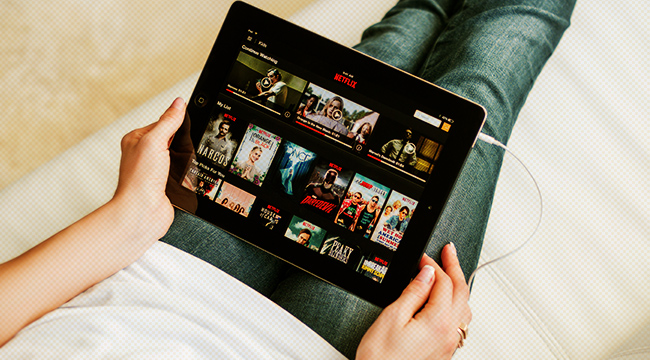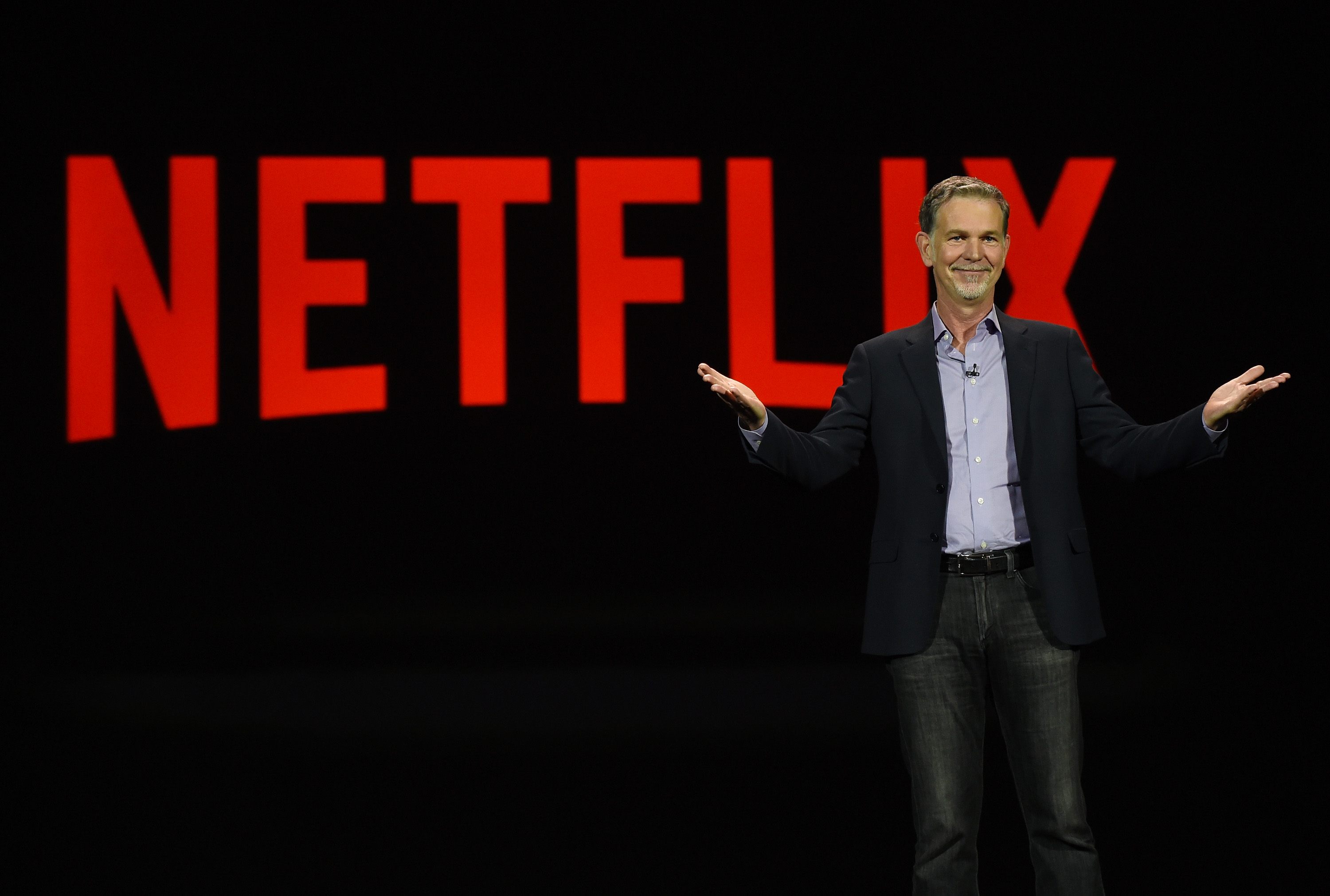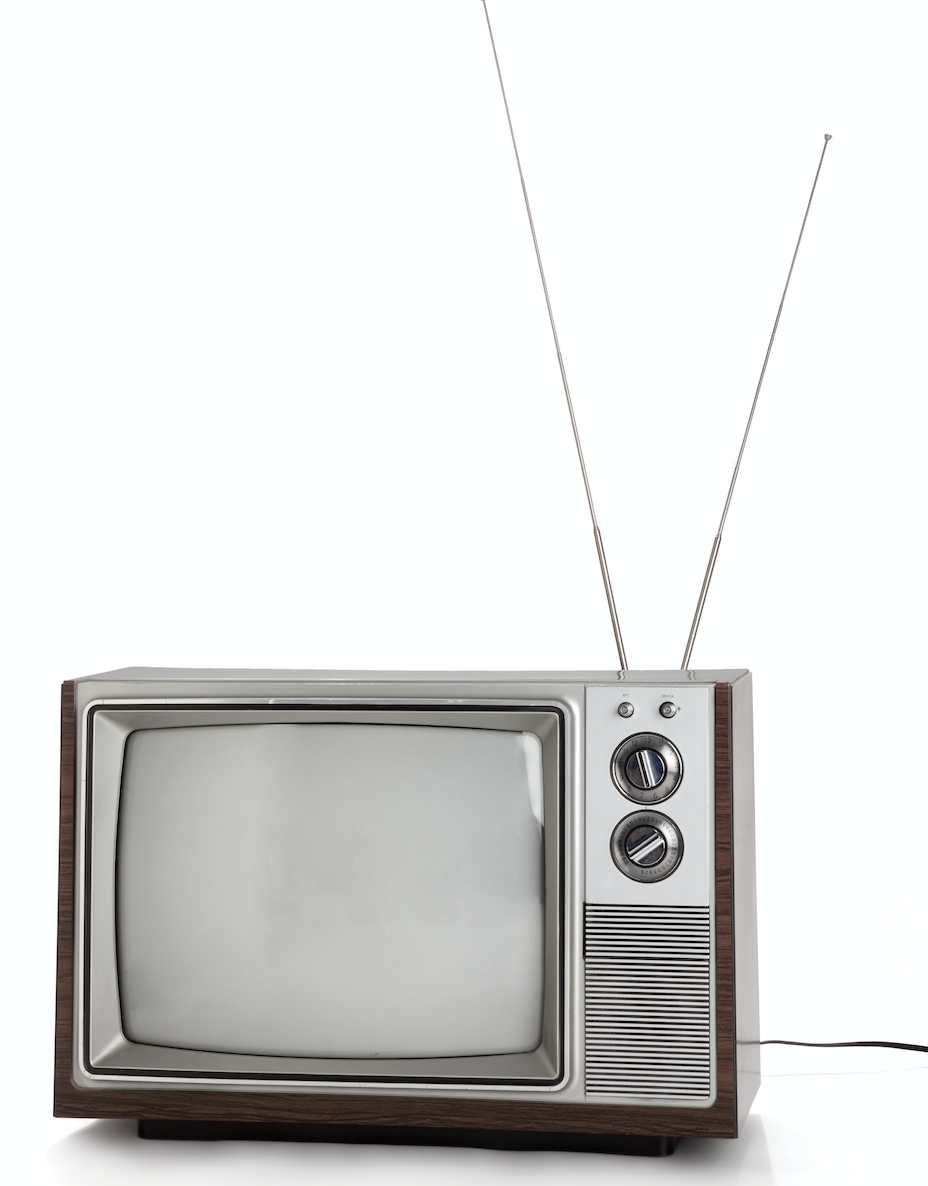
Now that Disney has declared war on Netflix, it’s likely other media companies will be following suit. And that leaves TV fans with a question: Which streaming services are worth their money? Here’s a look at what’s out there currently, and whether a subscription is worth the cash, based on current content, future growth, and chances of survival.
Netflix, $10/month

The defining streaming service, Netflix has two core strengths for TV watchers: The original series it puts out, across a staggering number of genres and tastes, and the content acquisition increasingly aimed at stuff you’ve never seen but might become your new obsession. Netflix’s ability to find and acquire foreign shows and create its own originals mean it has a giant hoard of content. That said, as Hollywood decides they want to fight Netflix, not work with it, and as Netflix buys shows on its own, the “name brand” movies and TV shows are likely to decrease over time.
Hulu, starting at $8/month

Hulu has rapidly improved its originals game, with The Handmaid’s Tale being one of the most notable series on the service, and that you can watch most broadcast TV next day is a useful function. But Hulu’s real value is its already absurdly deep library of TV classics that just keeps growing. Hulu is cutting smart deals elsewhere as well, with Adult Swim, FX and other channels. And that library is likely to largely stay intact, as Hulu is largely owned by major cable and media companies like Comcast and Time Warner. That said, if you hate ads, it’s an extra $4 a month to get rid of them. Want access to networks like Starz or Showtime? You’ll have to pay extra for those add-ons as well.
Amazon Video, $100/year
In theory, you can just pay Amazon $9 a month for access to its video content. But that’s literally $8 more a year than Amazon Prime, which is packed full of deals elsewhere and will probably pay for itself for most people.
Amazon has a strong originals game, as well, and has signed some fairly major streaming deals with the likes of HBO and FX for their back catalog of shows. Meaning if you’re a TV fan who shops, this is probably a no-brainer.
HBO Now, $15/month
Sure, you love Game of Thrones, or Insecure, or John From Cincinnati (hey, we go for the deep cut.) But do you love it enough to rent them for $180 a year? HBO Now undeniably has a deep, great archive of shows, but while HBO’s series work has an undeniably high pedigree, it’s really only going to be worth $15 a month to the hardcore fan. And don’t forget, Game Of Thrones only has a season to go, though the company is searching for quick replacements.
YouTube Red, $10/month
If you hate YouTube ads, and we mean really hate them, and listen to music on YouTube a lot, YouTube Red will be a dream come true. But while their originals, drawn mostly from popular YouTubers, are mostly solid, they haven’t really made an impression, and it doesn’t seem likely YouTube Red will stick in its current form, long term.
CBS All Access, $6/month
The oddest duck of all the current streaming services, CBS’ streaming service is a hodge-podge of current CBS shows and deep, deep library cuts. Caroline In The City, anyone? That said, a lot of what CBS has on the service you can find elsewhere, and their originals, so far, are a bit too thin. Unless you have a huge procedural fan in your household, since this service includes all of CBS’ acronym-based shows, or if you want the NFL content CBS is streaming on All Access, this probably isn’t worth it.
An Antenna, $10-$30

One more thing; don’t knock old tech. TV antennas are dirt cheap and while you may struggle with getting signal depending on where you are, it never hurts to have a backup when the internet is out.
Finally, one point of interest: If you signed up for all of these services, you’d be paying about $57 a month. Believe it or not, with all that streaming on the docket, you would still be saving at least $10 a month a typical standard cable subscription, and you likely only watch seventeen channels out of the nearly 200 available. So while you should weigh the costs of each service carefully, you might want to look very, very skeptically at your cable bill too.
